Guidance Note on Accounting for Real Estate Transactions
- Blog|Account & Audit|
- 3 Min Read
- By Taxmann
- |
- Last Updated on 18 July, 2024
Introduction on Accounting Guidance for Real Estate:
The accounting guidance for revenue recognition of real estate sector is different from other sectors. Apart from guidance in accounting standards, Guidance note on real estate transactions applicable for Accounting Standard (AS) complaint entities recommends accounting treatment for dealing in real estate. It covers all forms of real estate transactions such as development of buildings, sale of plot or buildings (developed or undeveloped), acquisition or sale of development rights (TDRs), redevelopment of existing real estate, Joint Development Agreements for any such transaction, etc.
Why Guidance note?
The Guidance note was introduced to specially provide accounting treatment for real estate transactions because of the industry’s peculiar nature. Complete guidance note can be accessed here.
Real Estate Transactions:
Real estate transaction means any transaction related to real estate, generally sale and purchase of real estate. Real estate includes: i) land ii) any physical property or any improvements affixed to the land like:
- houses,
- buildings,
- landscaping,
- fencing,
- walls, etc.
Accounting Treatment of Real Estate Transactions:
This guidance note prescribes accounting treatment based on the substance of the transaction.
Substance Similar to Delivery of Goods:
If the substance of the transaction is similar to delivery of goods, principles of Revenue Recognition (Accounting Standard 9) will apply with respect to sale of real estate. Revenue in such case shall be recorded on fulfillment of following conditions: i) All significant risks and rewards of ownership have been transferred and seller does not retain any ownership control, ii) Possession is transferred to the buyer, iii) There is no significant uncertainty about the amount and the ultimate collection of consideration. Example: Sale of undeveloped plot or flat post construction is same as normal sale and thus revenue recognition principle should be applied. Cost will be acquisition cost in case of undeveloped plot and developed flat should be recorded in the same manner in which inventories are valued.
Substance Similar to Construction Contract:
If the substance of the transaction is similar to construction contract, principles of Accounting Standard 7 ‘Construction Contract’ will apply. The following are few indicators that show that substance of the transaction is similar to construction contract: i) Significant part of project involves construction/ development activities. ii) Tenure of projects ≥ 12 months and commencement & completion date is spread across different accounting periods. iii) Most of the project features are similar to construction contracts. iv) Use of individual units is dependent upon common facilities, etc. Example: Sale of developing flats under township, as per agreement to sell, is an example of real estate transaction, which is in substance, similar to construction contract. Reason for the same is that once an agreement to sale is entered, buyer becomes owner of the property and now the developer is only constructing the flat on behalf of buyer. Although it is not a construction contract but its substance is almost same, thus developer will record his transaction as per percentage of completion method (as in case of construction contract). However, an entity can record revenue from such real estate transaction only when the following conditions are satisfied: i) All critical approvals (such as registering in RERA) necessary for commencement of project have been obtained ii) 25% or more of development cost* has been incurred. (*cost excluding cost of land) iii) 25% or more of saleable area covered by agreement. iv) 10% or more of total revenue is realised in respect to each of the contract as per agreement of sell/ other legal document realised & it is reasonable that parties to contract with comply with relevant payment terms.
How to Determine Percentage of Completion?
An entity can use any method to arrive at percentage of completion (also known as stage of completion) but most preferred method is project cost incurred method. Under project cost incurred method, percentage of completion is arrived as follows:
|
Project cost** incurred |
x 100 |
|
Total Estimated Project cost |
|
Another method can be used to calculate stage of completion such as:
i) survey of work done or
Calculating revenue to be recognised:
Revenue to be recognised shall be calculated by multiplying this percentage of completion with the total contract value.
Calculating cost to be recognised:
Cost to be recognised shall be calculated by multiplying this percentage of completion with the total estimated contract cost.
Profit/ Loss:
Every industry is different and so is real estate industry. The accounting guidance for real estate industry is different from other industries because in this industry a lot of cost is incurred upfront before the sale occurs. Therefore, the guidance note on real estate transactions accommodates industry’s peculiarities and provides detailed guidance on recognition of contract revenue and costs. Variations in costs and revenues are also common in this industry which is duly taken care of by the guidance note. Corporate accounting teams, auditors and investors have to take a note of the guidance note before accounting and recognizing contract revenue and contract costs.
Disclaimer: The content/information published on the website is only for general information of the user and shall not be construed as legal advice. While the Taxmann has exercised reasonable efforts to ensure the veracity of information/content published, Taxmann shall be under no liability in any manner whatsoever for incorrect information, if any.

Taxmann Publications has a dedicated in-house Research & Editorial Team. This team consists of a team of Chartered Accountants, Company Secretaries, and Lawyers. This team works under the guidance and supervision of editor-in-chief Mr Rakesh Bhargava.
The Research and Editorial Team is responsible for developing reliable and accurate content for the readers. The team follows the six-sigma approach to achieve the benchmark of zero error in its publications and research platforms. The team ensures that the following publication guidelines are thoroughly followed while developing the content:
- The statutory material is obtained only from the authorized and reliable sources
- All the latest developments in the judicial and legislative fields are covered
- Prepare the analytical write-ups on current, controversial, and important issues to help the readers to understand the concept and its implications
- Every content published by Taxmann is complete, accurate and lucid
- All evidence-based statements are supported with proper reference to Section, Circular No., Notification No. or citations
- The golden rules of grammar, style and consistency are thoroughly followed
- Font and size that’s easy to read and remain consistent across all imprint and digital publications are applied
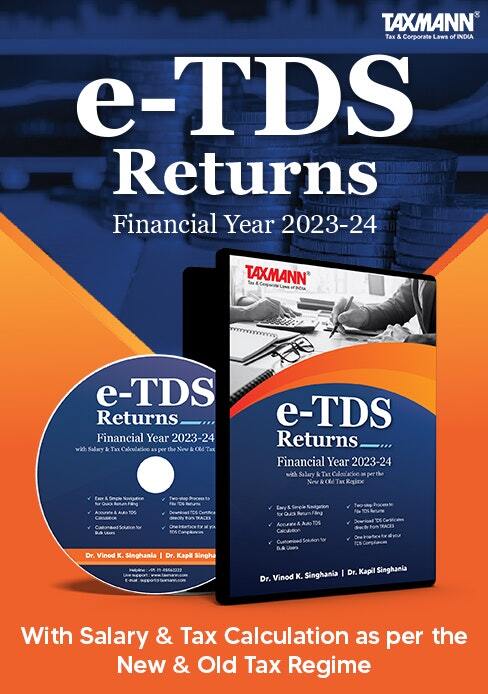
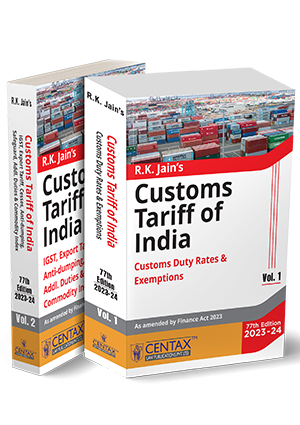
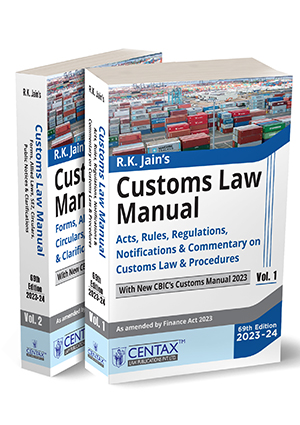
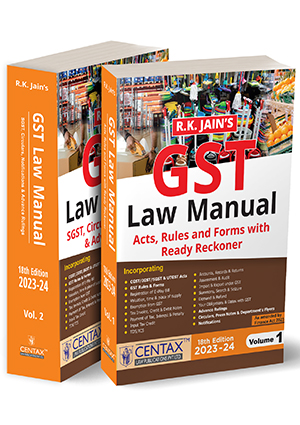
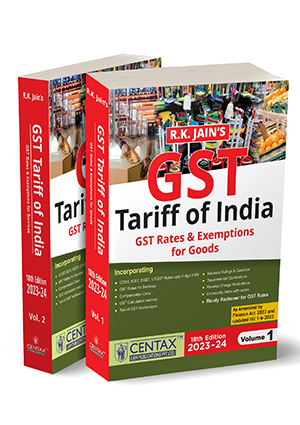

Comments are closed.